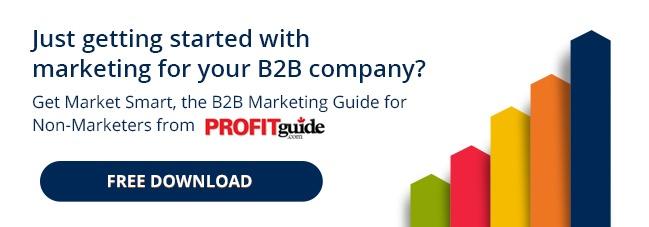Can we Harness Design More Effectively in B2B Marketing?
B2B marketing is typically oriented towards driving lead generation, and white papers are a common tactic. At Mezzanine we were recently discussing the trend in white paper design where we are seeing different-sized type, word clouds, and text-light pages with very little content that isn’t actively “designed.” I’m not entirely sold on that. I’m still a fan of a white paper with plenty of content, whether that’s words or diagrams that actually add to the information provided (not just the aesthetic appeal). Especially if you are going to ask for my email address to give me a white paper, I am going to want something that is – and feels – substantial. I don’t necessarily demand fifty pages, but don’t just give me a souped-up brochure with pretty pictures, either.
Clearly, design is increasingly a focus in conveying information… so does that mean everyone’s game has to get better? And, if yes, where does this stop? Can I show my clients (or prospects) a simple graph or do I have to make the lines themselves a cute part of the story (e.g. a stack of bills to show money instead of just a flat bar)? Does this help or hinder getting the message across? Whether you’re looking to create a data visualization or just a really attractive white paper, I think design is increasingly important, and increasingly attainable. An application which is touted as having the potential to be the PowerPoint of infographics was recently unveiled by Visual.ly at the SXSW festival, although its power is currently limited to depicting Facebook and Twitter data.
To illustrate (no pun intended) how quickly design is getting democratized via crowdsourcing, 99designs is a marketplace that lets you name your price for the design – logo, business card, website, you name it. But the DIY approach is not for everyone and, while the overall benchmark for basic design is unquestionably rising, I would argue that not everyone should be rushing to create complex integrations of data into design quite yet. Here are some reasons to proceed cautiously:
- It can be expensive – Facebook’s new Timeline is a lovely example of the integration of data and design, but it was a massive project that cost millions to create.
- It’s time-consuming – integrating sophistication in design is a whole other cycle in the development process, and sometimes it’s best to just get your content out there. Not everything needs a 3-D data visualization to get across. Pick something that gets the point across simply and get on with it.
- It’s easy to get wrong - bad design that’s overly complex is awful, and not all of us can recognize it when we are in the midst of it. It’s distracting and confusing and takes you off-message. Here’s a great example of an infographic attempt that really doesn’t work.
- Design can be do damage to the truth if you let the design overwhelm the content (this article has examples of graphs + graphics = confusion).
Fundamentally, there is no substitute for thinking through what your main message is, and how to get it across. Here’s a fantastic example with unlovely graphics but a highly entertaining presenter.
But with the increasing sophistication and accessibility of new design tools, any of us who are in the business of conveying information to others, particularly online, should be thinking about new ways to do that. We should all be sharpening our eye and thinking about how design can improve how we get our message across, or reinvent the kinds of messages we can imagine sharing with others through various media.
.png?width=2361&height=488&name=Mezzanine%20Logo_Horiz_RGB_on%20blue%20(1).png)

